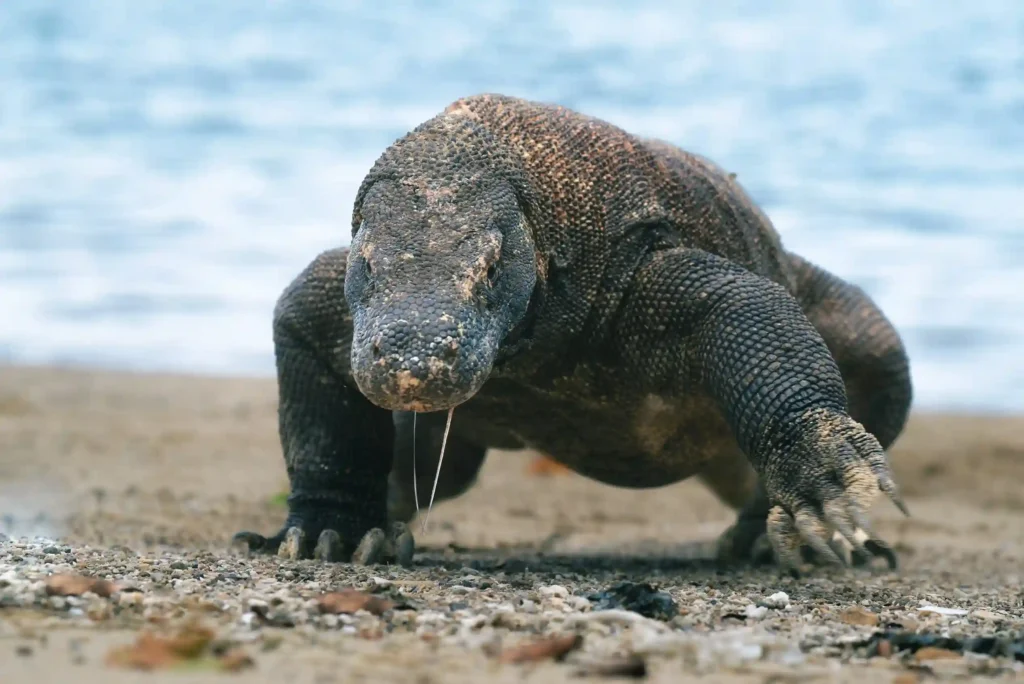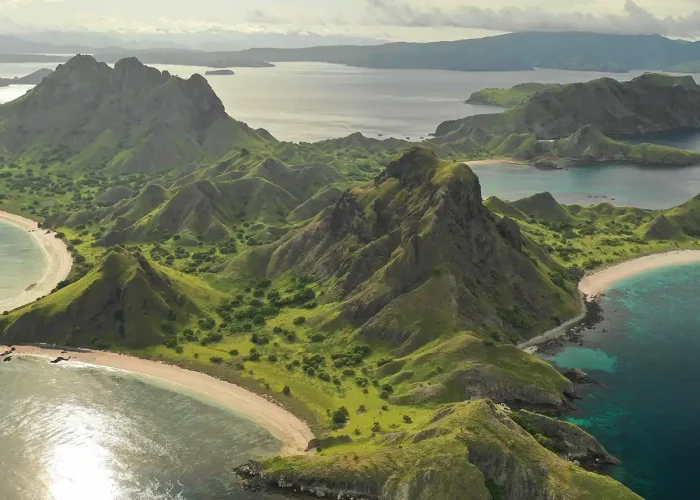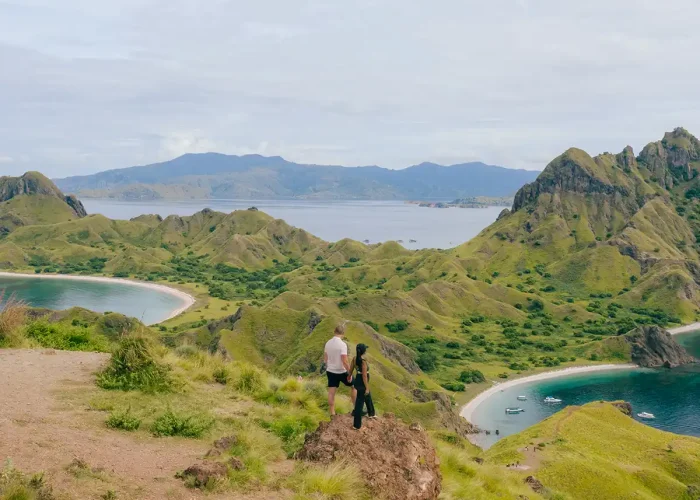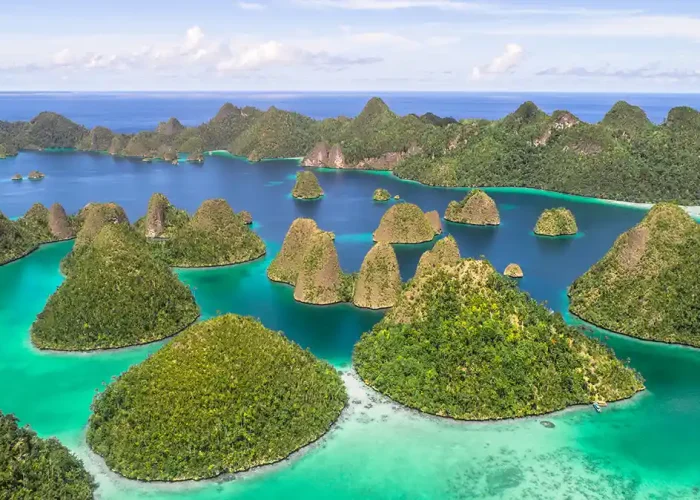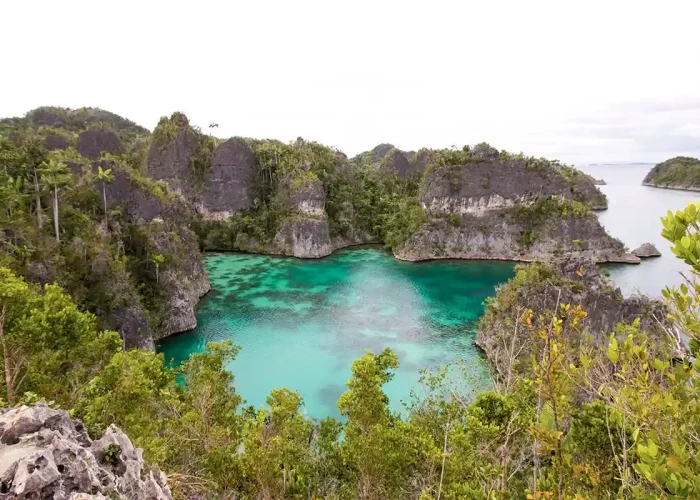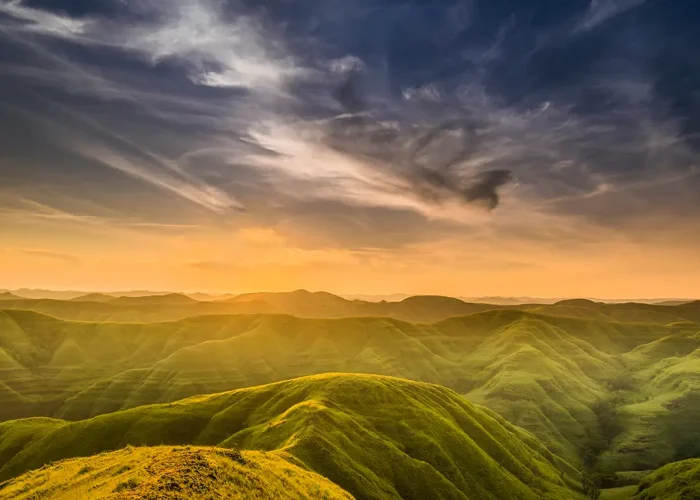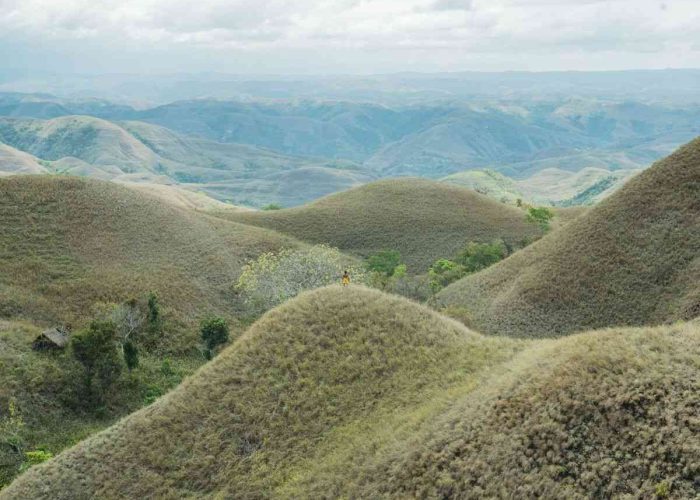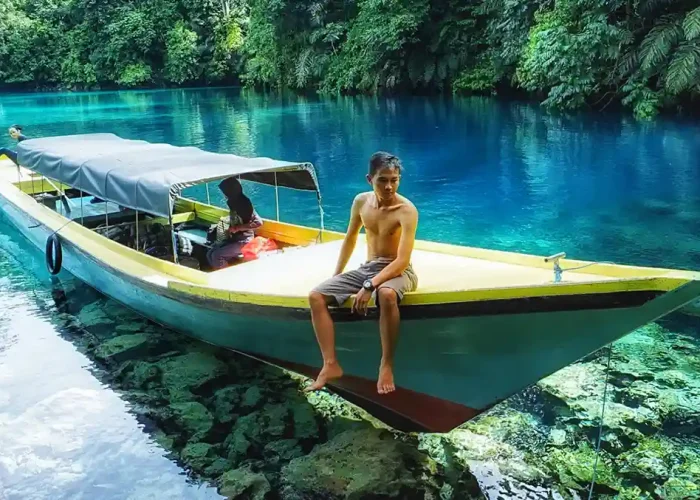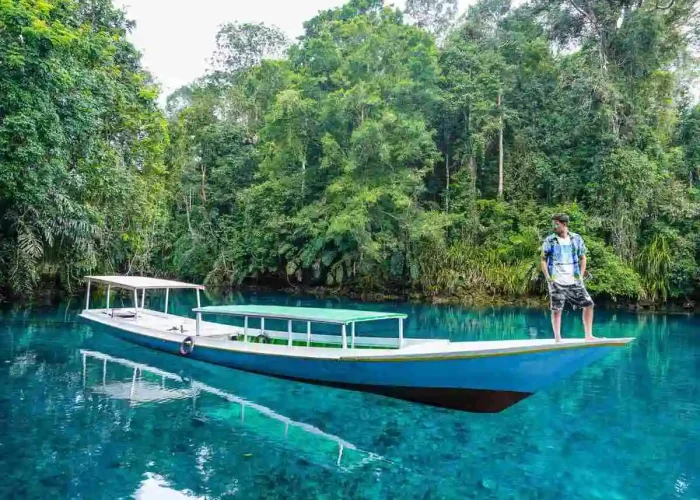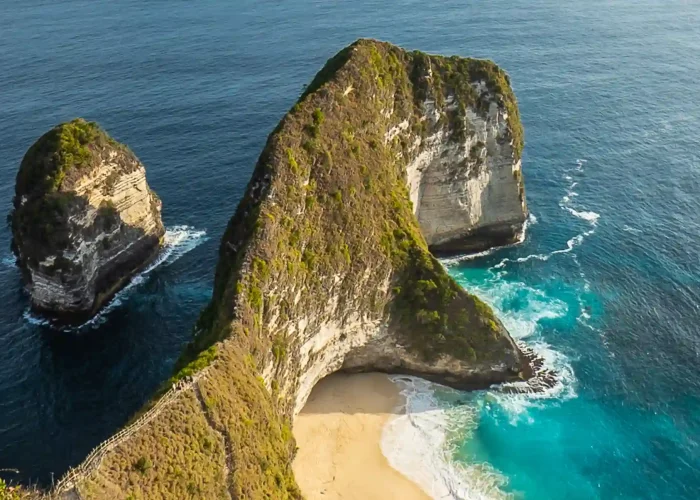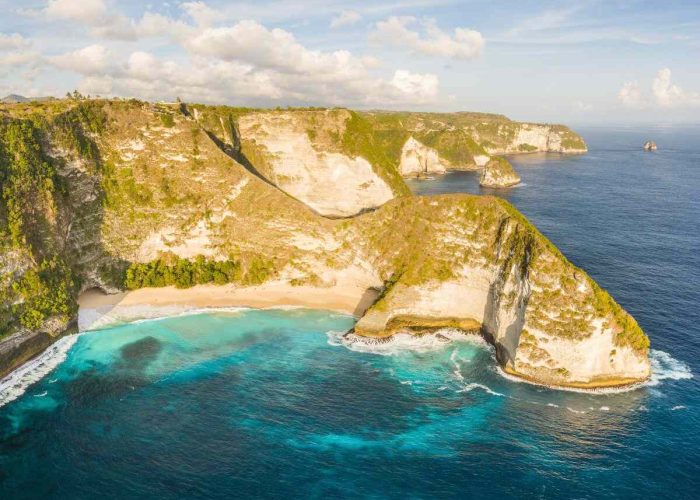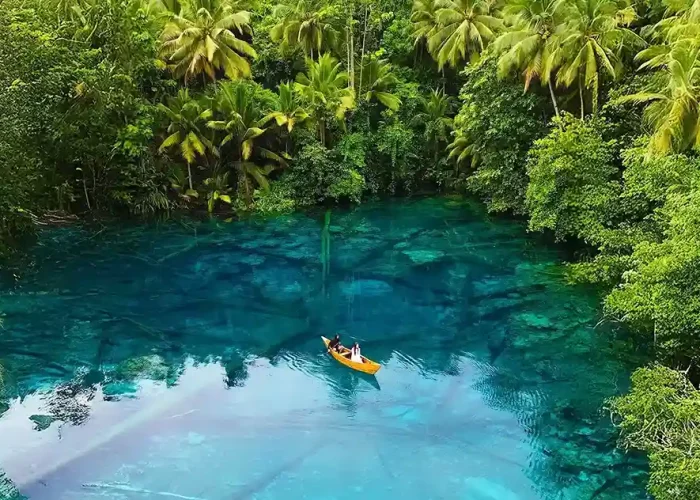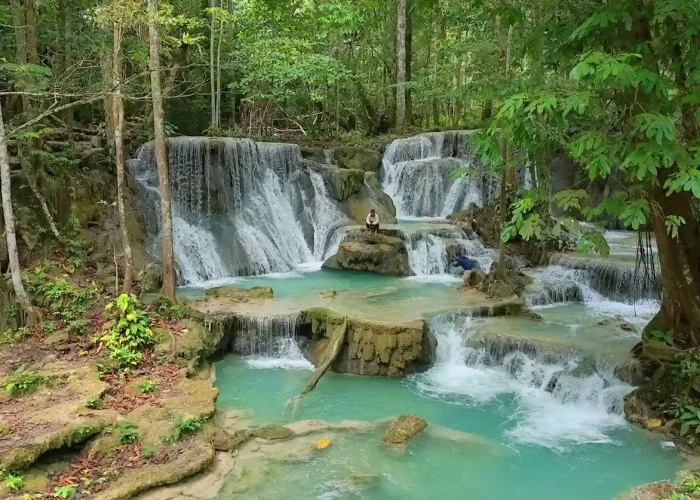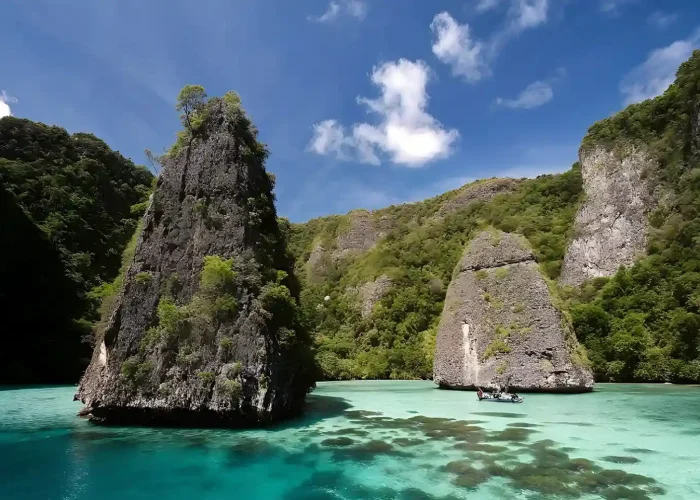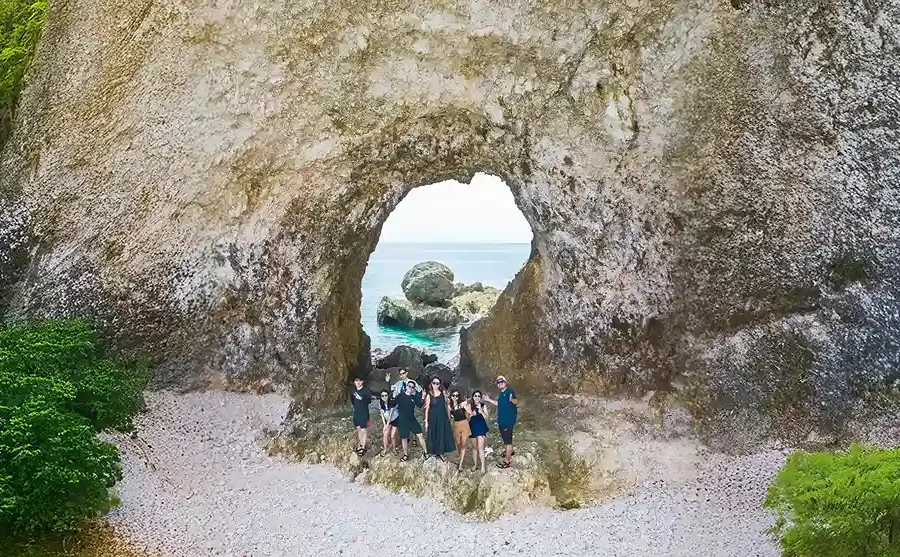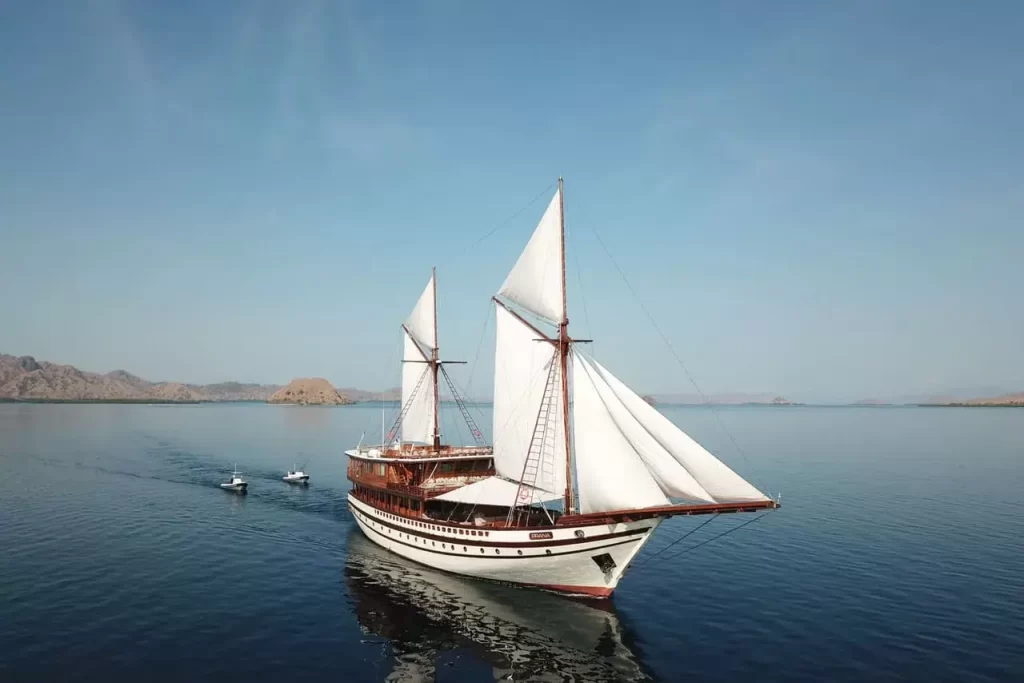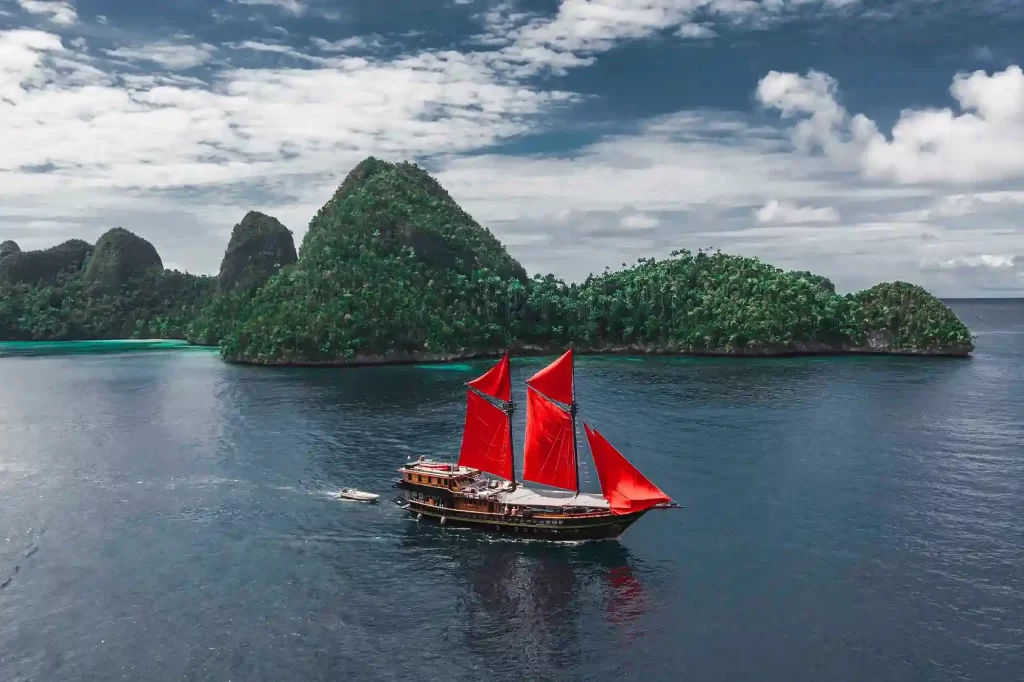Komodo dragons are the largest lizard species in the world. This endemic animal, with the Latin name Varanus Komodoensis, is only found in Indonesia.
The Komodo dragon’s original habitat is on Komodo Island, which is within the Komodo National Park area managed by the Ministry of Environment and Forestry of the Republic of Indonesia. Komodo National Park is located in Komodo District, West Manggarai Regency, East Nusa Tenggara Province.
Because of its unique features, Komodo dragons are able to become an attraction for ecotourism, so the Komodo National Park was created. Unfortunately, in 2021, the International Union of Conservation of Nature and Natural Resources (IUCN) designated Komodo dragons as endangered due to climate change, habitat loss, and lack of food.
Table of Contents
Komodo Dragon Characteristics
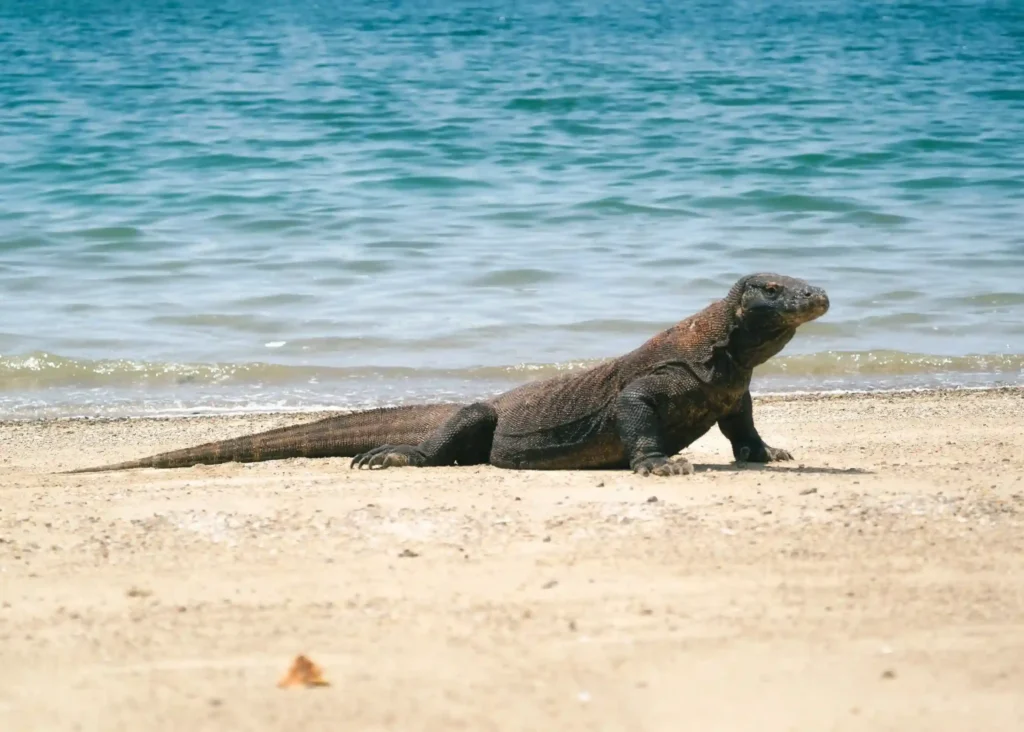
- Body shape is similar to a monitor lizard with a length of 2-3 meters and a weight of up to 70kg.
- Blackish-yellow brown skin color.
- Has a rough, scaly skin to protect its body.
- Has four legs with strong claws for digging, crawling, and hunting for prey.
- Has the local name “Ora.”
- Lives solitary and only gathers during mating season or when looking for food.
- Has a venom that can paralyze the prey.
- Can be a cannibal animal.
How Do Komodos Behave?
Komodos are the largest lizards in the world, known for their aggressive behavior. They live solitary lives and only gather during mating season or when searching for food, making their movements hard to predict. Komodos use their body strength, sharp claws, serrated teeth, and venom in their jaws to hunt prey. This venom lowers blood pressure and weakens the prey’s body, making them easy to overpower.
Although attacks on humans are rare, komodos can be dangerous if they feel threatened. They can run up to 20 km/h and swim in waters up to 4–5 meters deep. Attacks are usually quick and precise, relying on a strong bite with a pulling motion. That’s why tourists must always be accompanied by experienced guides when exploring their habitat.
What Is the Komodo’s Habitat?
Komodos live on Komodo, Rinca, Padar, Gili Motang, and Nusa Kode islands within Komodo National Park (Taman Nasional Komodo). They inhabit savannas, dry forests, and coastal areas that provide natural prey and basking spots. The komodo population is unevenly distributed across these five islands, with the largest numbers on Komodo and Rinca. A stable natural environment is essential for the survival of this species.
Conservation efforts include protecting their habitat, ensuring food availability, community education, and banning illegal hunting. All these steps aim to keep the komodo population safe and thriving. With their habitat preserved, komodos can live healthily while remaining a major ecotourism attraction.
Is the Komodo dragon’s Saliva Deadly?
For decades, researchers believed that the Komodo dragon’s saliva contained bacteria that could kill its prey. But in 2009, a scientist named Bryan Fry and his colleagues from the University of Queensland, Australia, researched that it was not the bacteria in the Komodo dragon’s saliva that was deadly, but the poison glands in its lower jaw or between its teeth.
Like snake venom, Komodo dragons’ venom can lower their prey’s blood pressure, cause intense bleeding, and make it difficult to clot, causing their prey to weaken and die.
Can Komodo Dragons Attack Humans?
Komodo dragon attacks on humans are rare, but that doesn’t mean they won’t attack humans if they feel threatened. As aggressive and powerful carnivores, Komodo dragons are capable of preying on and attacking creatures many times larger than themselves.
Komodo dragons are 2-3 meters long and weigh about 100kg. They can run at speeds of 20km/h and swim at depths of 4.5 meters. Their sharp teeth and claws can easily tear their prey apart. Therefore, they are dangerous and difficult to control, and it is not impossible for them to attack humans.
The Dangers of a Komodo Dragon Bite
Komodo dragons have 60 teeth that are sharp and jagged, but their bite is weak compared to other wild animals that are technically unable to cause a major impact on their prey. Instead, the deadly part of a Komodo dragon’s bite is the venom contained in its teeth. The venom found between their teeth can cause mechanical damage to their prey, resulting in shock and heavy blood loss.
In addition to the venom in its teeth, the Komodo dragon’s bite will also tear and inflict large wounds on its prey due to its biting technique which is accompanied by a strong pull by its powerful neck muscles.
Komodo dragon Population
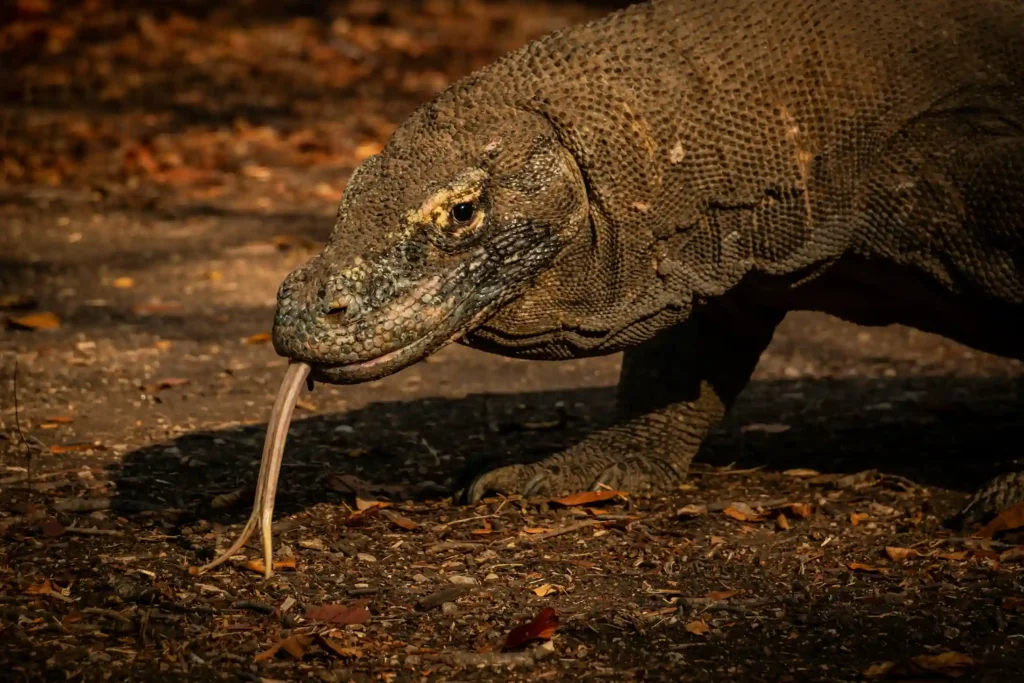
The Komodo dragon population rises and falls depending on the number of births and deaths. However, the number reportedly increased in 2021, reaching 3,303, while the number for 2022 is still being calculated. Their existence is spread across five islands with different population numbers, with the following details:
- Komodo Island: 1,728 (311.5 km²)
- Rinca Island: 1,385 (204.8 km²)
- Padar Island: 19 (14.1 km²)
- Gili Motang Island: 81 tails (9.5 km²)
- Nusa Kode Island: 90 tails (7.8 km²)
Preservation of Komodo Dragons
The Komodo dragon is one of the protected animals because its population is threatened with extinction due to the actions of irresponsible people.
Therefore, the government, as well as animal lovers and local communities, make various initiatives to preserve Komodo dragons. These include:
Preserving Natural Conditions
Keeping the natural conditions stable and maintained will keep the species that live in it will also be maintained. This habitat conservation initiative is carried out by the government by stopping development around the Komodo dragon conservation area.
Preserving Food
When the Komodo dragon’s habitat has been preserved, the next step is to maintain the amount of food they eat. Because in fact, cases of lack of food supply for Komodo dragons have occurred. This is because their food sources are illegally taken by irresponsible people.
Socialize Routinely
Socialization activities aim to educate the general public on the importance of protecting the Komodo dragon’s habitat and urge them not to hunt the Komodo dragons. In addition, this activity is also carried out to raise funds to preserve the Komodo dragons.
Prohibiting Illegal Hunting
Of course, prohibiting illegal hunting is mandatory to prevent the Komodo dragon population from continuously decreasing. The government should punish those who intentionally kill or injure Komodo dragons.
Let’s See Komodo Safely in Its Natural Habitat with IndonesiaJuara Trip!
Komodo is the largest lizard in the world and can only be found in Indonesia, specifically on Komodo Island, Rinca, and the surrounding areas. Although this animal can be dangerous due to its venomous bite, you can still observe it safely with the guidance of an experienced tour guide. This experience is not only exciting but also educational, allowing you to learn firsthand about the Komodo’s life, behavior, and conservation efforts in its natural habitat.
If you want to see Komodo from a safe distance, enjoy the natural beauty of Labuan Bajo, and witness an untouched ecosystem, you can join a Labuan Bajo tour with IndonesiaJuara Trip. Expert local guides will ensure your experience is both safe and memorable, from trekking on the islands, photographing Komodo, to admiring the surrounding sea and islands. Book your Labuan Bajo tour now and experience the thrill of encountering Komodo in its natural habitat!


